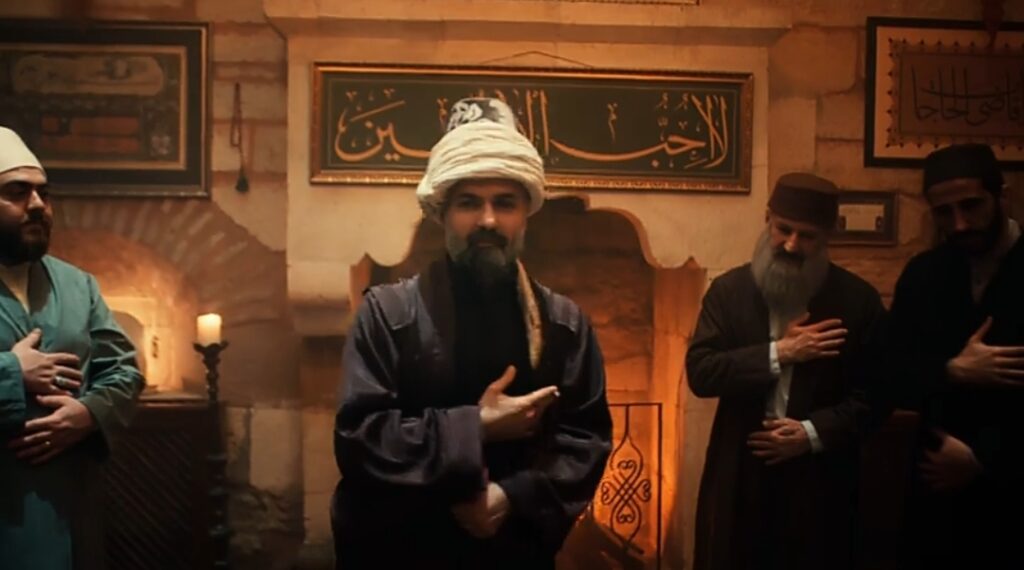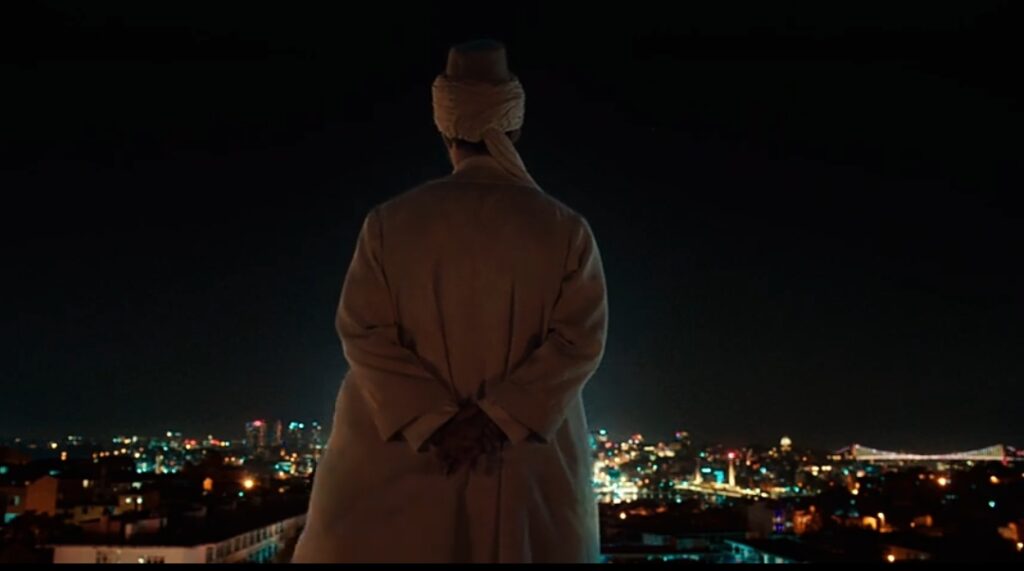
Certainly! Here is a more detailed exploration of the historical context and themes that might be depicted in episode 1 of “Kizil Gonchalar”:
Expanded Historical Context:
“Kizil Gonchalar” is likely set in a pivotal period in Central Asian history, such as the era of the Silk Road, the rise of significant empires like the Timurid Empire, or the conquests of Genghis Khan. This period is characterized by:
- Trade and Cultural Exchange: Central Asia was a crucial hub in the Silk Road network, facilitating the exchange of goods, ideas, religions, and technologies between East and West.
- Political Fragmentation and Unification: The region experienced cycles of fragmentation and unification under various khanates, emirates, and empires, impacting the socio-political landscape.
Key Figures and Characters:
The episode introduces viewers to central characters, some of whom might be based on real historical figures, while others are fictional composites designed to represent broader social trends.
- The Ruler/Leader: A character who may be a historical figure like Timur (Tamerlane) or a fictional leader inspired by historical rulers. This character embodies the political ambitions and military strategies of the time.
- The Scholar/Sage: Representing the intellectual and cultural achievements, this character could be inspired by historical figures like Al-Farabi or Al-Khwarizmi, showcasing advancements in science, philosophy, and art.
- The Commoner: A character from the lower social strata, providing a perspective on daily life, challenges, and the impact of larger political events on ordinary people.

Detailed Themes and Narratives:
- Power Struggles and Diplomacy: The episode might depict the intricate power dynamics, alliances, and rivalries between different tribes, kingdoms, and empires. This could include diplomatic negotiations, betrayals, and strategic marriages.
- Cultural Flourishing: A focus on the artistic, scientific, and cultural achievements of the period. This could be shown through scenes in bustling bazaars, scholarly debates in madrasas, and the construction of architectural marvels.
- Military Campaigns: Introduction to the impending or ongoing military campaigns that will play a central role in the series. This could involve scenes of military training, strategic planning, and early skirmishes or battles.
- Economic Activities: Depiction of the thriving trade along the Silk Road, highlighting the exchange of exotic goods, the operation of caravans, and the economic interdependence between regions.
Episode Plot Breakdown:
- Opening Scene: A dramatic and visually rich scene, possibly showing a caravan moving through a desert, a royal court in session, or a significant historical event (e.g., a coronation or a battle).
- Introduction of Main Characters: Through interconnected storylines, viewers meet the key characters in their respective settings – the ruler in the palace, the scholar in the madrasa, and the commoner in the market or village.
- Establishment of Conflict: The central conflict is introduced, such as an impending invasion, internal dissent, or a personal vendetta. This sets the stage for the characters’ journeys and the unfolding drama.
- Historical Exposition: Dialogue and narrative techniques are used to provide background information, helping viewers understand the historical context and stakes involved.
- First Major Event: The episode culminates in a significant event that propels the story forward, such as the announcement of a military campaign, a political coup, or a personal revelation.
Visual and Aesthetic Details:
- Costumes: Authentic representations of period clothing, including the ornate dress of royalty, the practical attire of traders, and the scholarly robes of intellectuals.
- Architecture and Sets: Detailed recreations of historical settings, from grand palaces and fortified cities to humble villages and bustling bazaars.
- Cinematography: Use of sweeping landscapes, detailed close-ups, and dynamic action sequences to create an immersive historical atmosphere.
Educational and Entertainment Balance:

While maintaining historical accuracy, the series uses dramatic storytelling to keep viewers engaged. The narrative intertwines personal stories with historical events, making the history relatable and compelling.
In conclusion, episode 1 of “Kizil Gonchalar” serves as a richly detailed introduction to the series’ historical setting, characters, and overarching plot, drawing viewers into a vivid recreation of Central Asia’s past.
Certainly! Continuing with more details about Episode 1 of “Kizil Gonchalar”:
The episode introduces several key supporting characters who play significant roles in Sevara’s life and the unfolding plot. Among them are Sevara’s childhood friend Dilshod, who harbors secret feelings for her, and Nazira, Sevara’s confidante who provides both emotional support and pragmatic advice.
Player 01
Mirza’s presence in the village becomes increasingly controversial as rumors about his past and intentions spread among the villagers. Some view him with suspicion and fear, while others are captivated by his charisma and apparent charm. This creates a palpable tension that simmers throughout the episode, setting the stage for future conflicts and alliances.
Meanwhile, Sevara’s interactions with Mirza become more frequent, leading to moments of attraction and intrigue between them. These interactions also serve to deepen Sevara’s internal conflict as she grapples with her growing fascination with Mirza against the backdrop of familial expectations and community scrutiny.
The episode concludes with a dramatic event or revelation that sets the course for the subsequent episodes, leaving viewers with cliffhangers and unanswered questions that drive anticipation for what lies ahead in the unfolding drama of “Kizil Gonchalar.”
Overall, Episode 1 establishes the central themes, characters, and conflicts of the series while showcasing the scenic beauty and cultural richness of rural Uzbekistan. It effectively draws viewers into the intricate web of relationships and intrigues that will shape the narrative progression of “Kizil Gonchalar.”

